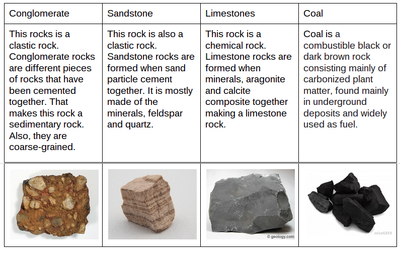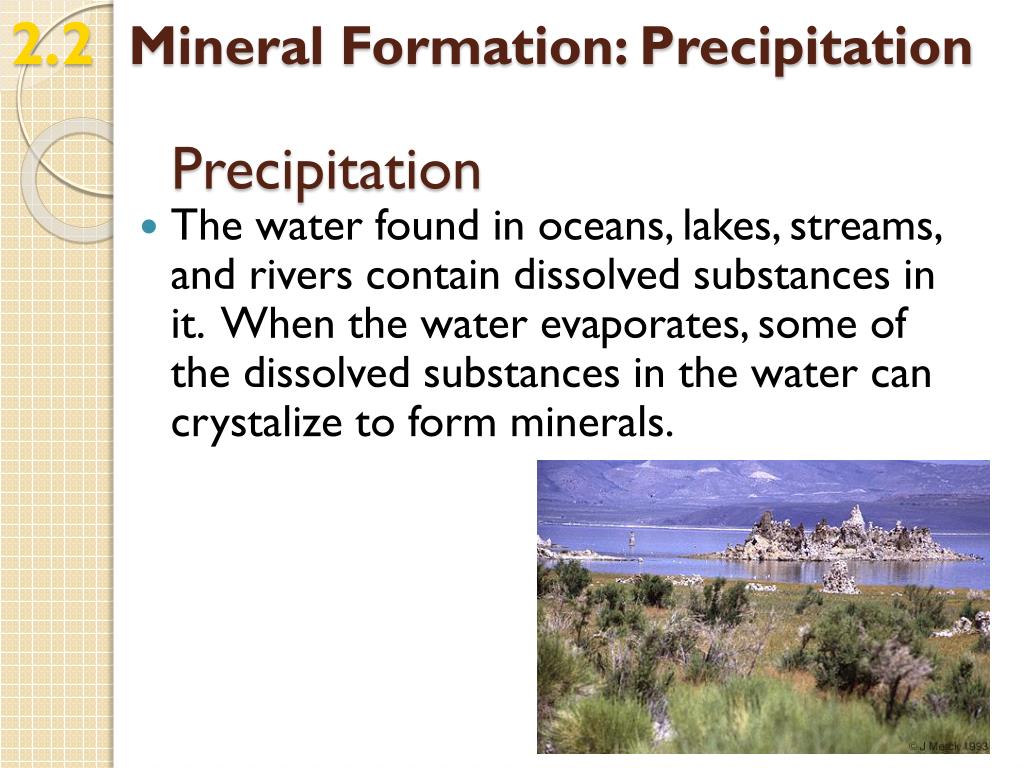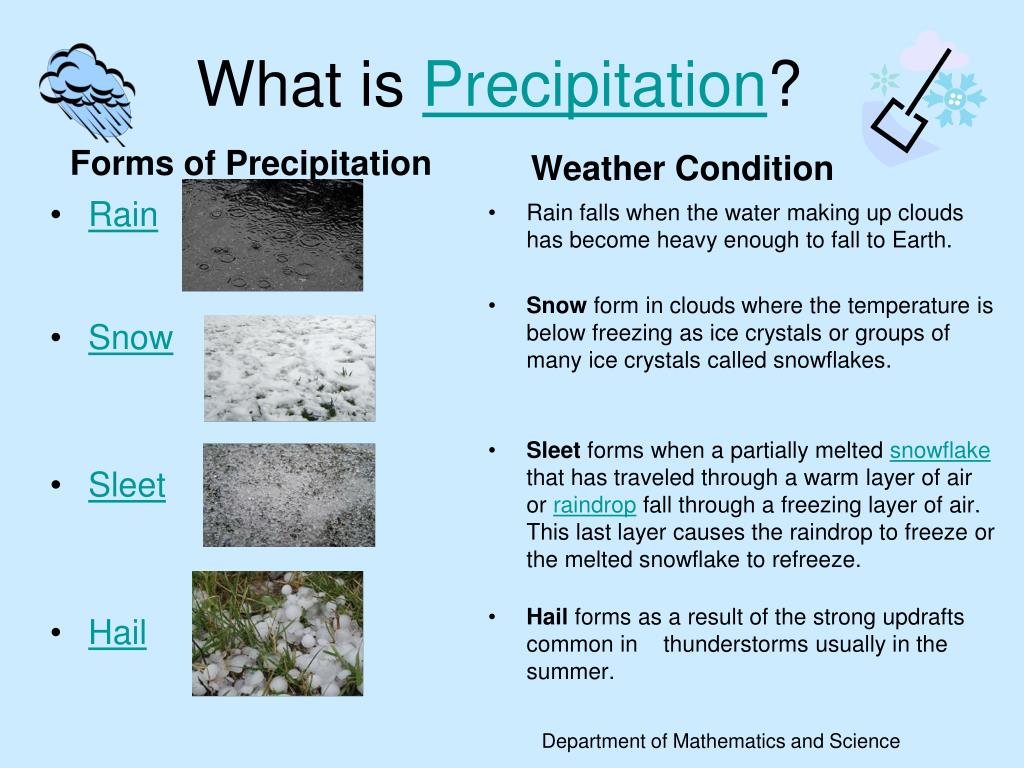

The geologists tend to specialize on the siliciclastic rocks because of the various groupings that others have hypothetically made discovery. They deposit together without traces of silica. On the other hand, the minerals that are in solution state easily dissolve in water. This aspect makes the clay grains and visible sand grains to mix and deposit together. Silica is made of materials that do not dissolve in water and have silica as the main component transported either as sediments at the bottom of the water or suspension.

The clastic rocks is a composition of visible grains of quartz sand and clay grains mixed together while the chemical and biochemical forms from splitting of minerals that are in solution state. Chemical and Biogenic or biochemical rocks form from liquid solutions such as calcite that reacts with hydrochloric acid to exist as either micrite muddy line or limestone. Siliciclastic rocks or clastic made of sand quatz commonly referred to as resistant minerals like Lithics and fledspar mixed with clay minerals, which form from withering of iron oxides such as feldspar: orthoclase or kaolinite. The classification of sedimentary rocks falls into the following categories. Lastly is the crystallization process where new crystalline minerals bond the old ones. Secondly is the cementation process where substances dissolves in pores through which water precipitates to form matter that joins the layers strongly together. They include compaction a process that reduces the pore space in the sediments because of the weight of the superimposing layer. Various processes are involved in the formation process: “lithification”. (Strahler, 13) The presence of the bedding surface enables the geologists to be in a position of telling the ages and is the indication that the rock was once sediments thus the term “Sedimentary Rock”. The boundary between the layers referred to as the “bedding surface” thus the origin of the term “Rock Bed”. This aspect is what makes the adjacent strata different from the preceding one.

The composition of the sedimentary rocks overtime changes depending in the deposition process and mineral composition. Formation of rock beds occurs from sedimentary particles, which lay in distinct strata. The rock depends on the material or type of sediments and the process. (National Atlas of United States) Formation of sedimentary rocksĭeposits and burring of these types of sediments in a process known as “lithification” causes the formation of new rock known as the sediment rock. The volcanic sediments form clasts, which are originally volcanic. Sedimentary rocks can also form from the biogenic deposits such as the foraminifer formed from planktons cells that covers wide area of the ocean floor or the chemical deposits such as the salts formed from magnesium, potassium or sodium chloride found near salt lakes like Lake Bonneville in Utah. Well-sorted sediments are caused by prolonged erosion or weathering. Sediments take a variety of individual shapes from rounded, sphericity or angular. Conversely, there are particles of different sizes especially those sorted by the ice and huge mass wasting with a reference of “even unsorted” or “poorly sorted”.


 0 kommentar(er)
0 kommentar(er)
